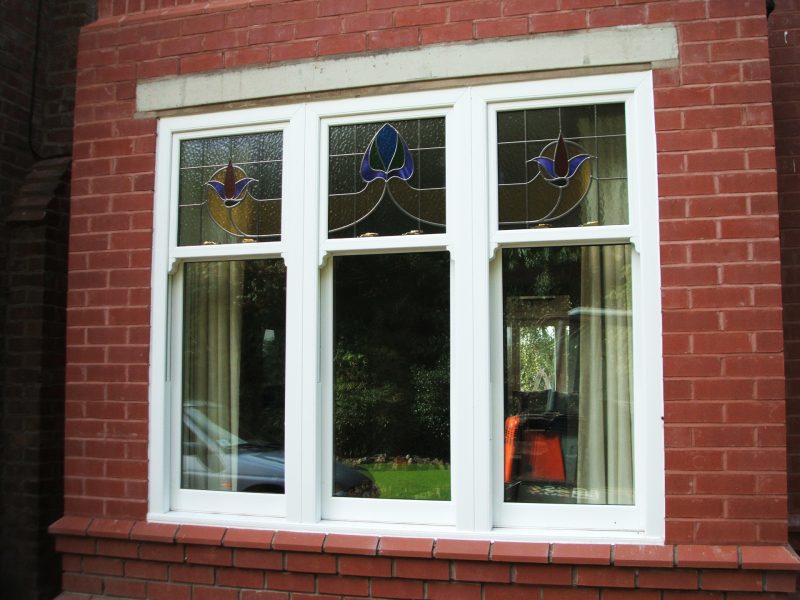All Categories
Featured
Table of Contents
Double Glazed Windows Melbourne in Seville Grove WA
Laminated glass is often used in areas in the home most prone to injury from human impact such as bathrooms, doors, around staircases and in locations near the flooring (it satisfies the requirements of 'shatterproof glass' that is mandated for use in these locations by Australian Basic AS 1288 Glass in structures).
Toughened glass has been 'tempered' by being reheated and rapidly cooled once again. This procedure makes it much more powerful than basic glass it can withstand higher impact loads before breaking. It also makes it safer due to the fact that, when it does shatter, it gets into lots of small cubic pieces rather than hazardous shards.
Solace Creations: Home in High Wycombe WA
Nevertheless, toughened glass has no thermal or acoustic advantages over other glass of the same toning or thickness. Secondary glazing is where single-glazed windows are retrofitted with a transparent acrylic or glass sheet connected to the within the frame or openable sash with a secondary frame or with magnetic strips.


Secondary glazing will not perform also thermally as a made IGU, since it is impossible to totally seal the border, however it can provide good sound control. Window films are a thin polymer movie containing a taking in dye or reflective metal layer, with an adhesive support. They stick to your glazing to change its colour or make it reflective.
Double Glazed Windows Sydney & Replacement Windows in Churchlands Western Australia
Applied to existing glass, some window movies can cut in half the total SHGC of the window by soaking up and/or showing solar radiation. This can be especially helpful in hotter climates where cooling is the main concern, or on east and west elevations straight exposed to long durations of sunlight. Nevertheless, window films may also minimize noticeable light transmittance.

For this reason, it is usually best to use a certified installer of window film. Frames have a significant effect on the thermal performance of doors and windows, since energy can be gained and lost through the frame, along with through the glass. Various types of frame will enable different levels of heat gain and loss, so cautious choice of frame is necessary for efficient passive style.
What Are Double Glazed Windows? - Build in Maylands Perth
However, aluminium is likewise a great conductor of heat and will decrease the insulating worth of a glazing unit, unless specifically engineered to lower this. A 'thermally broken' frame is made up of 2 aluminium areas connected by a structural insulator (generally a low-conductivity structural polymer). This 'breaks' the thermal connection through the aluminium and reduces the heat flowing through the frame.
They can be pricey, but prices are decreasing as they become more common. Timber frames are a great natural insulator that can fit some house styles. Lumber frames should be made from species that have naturally high durability or be dealt with to prevent decay and deformation. Check that the timber is sourced from a sustainably managed forest.
Double Glazed Windows & Doors Melbourne & Sydney in Viveash Perth
(weather condition removing) is set up.
u, PVC windows and doors have exceptional thermal efficiency Image: Ben Wrigley (Light Home Architecture and Science) Composite frames use aluminium profiles on the outer areas with either a timber or u, PVC inner area. These combine the low maintenance and sturdiness of aluminium with much improved thermal performance.
Latest Posts
Home Window Glazing - Sustainability Victoria in Carmel WA
Windows Of Opportunity: Your Guide To High-performance ... in Kallaroo WA
Double Glazing Windows in Rockingham WA